Are you looking for the best GPS collar for cats? If so, you’ve come to the right place! Read on to learn more about the different types of GPS collars available and how they can benefit your feline friend.
Cats are notorious for getting into everything, and sometimes that includes dangerous places. A GPS collar can help keep your cat safe by providing real-time location information.
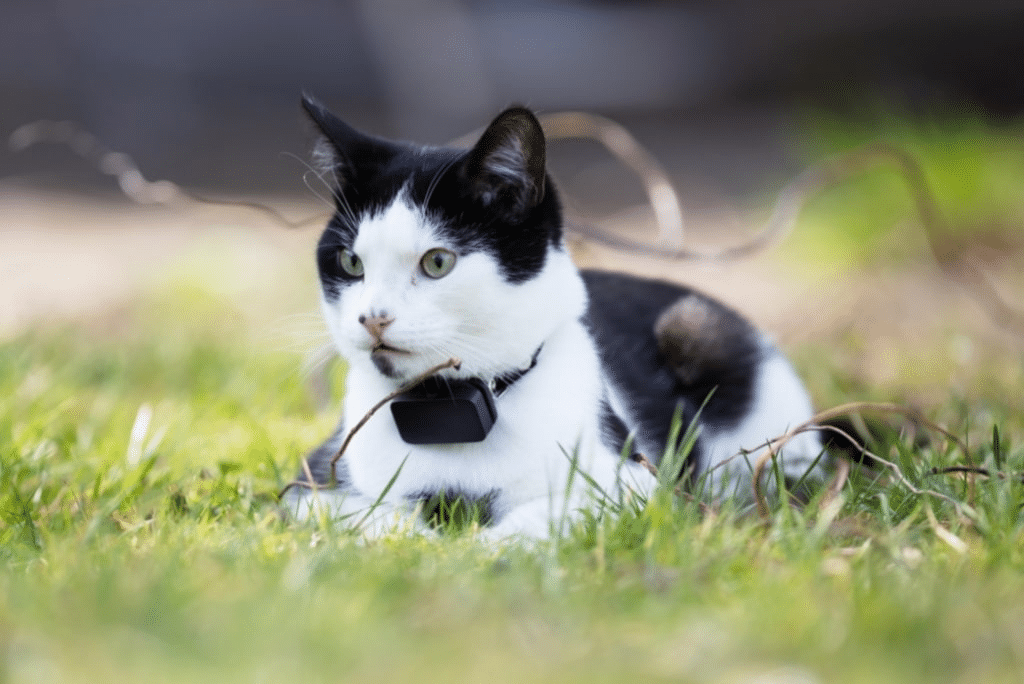
Source: google.com
What Should You Look For in a Cat Tracker?
It is critical to have dependable, precise tracking.
Cat trackers can help you keep track of your cat when it’s out of sight. You’ll know when your cat wanders away from home, where it’s gone, and which direction you need to go to find it if you have a trustworthy, accurate tracker.
The finest cat trackers offer extended battery lives, dependable connectivity, and wide enough ranges to help you find your cat, whether it’s lazing on the porch or roaming blocks away.
The best trackers enjoy themselves.
Excellent trackers make it simple to keep track of your cat. The receiver, whether in the form of a phone app or a standalone handheld module, should be simple and easy to use.
The trackers we evaluated received bonus points for having systems incorporating night lights, behaviour change notifications, and other entertaining features, but some in-app functions are required.
GPS tracking apps, for example, require virtual walls or safe zones. These notify you if your cat wanders too far away from home or outside a defined region. These fences should ideally be customisable, allowing you to create safety zones that follow the lines of your backyard or other regions.
They’re small, light, and simple to attach to your cat’s collar or harness.
Because most cat trackers are designed for dogs, they are either clumsy, hefty, or incorporated into collars that lack quick-release buckles. The best trackers developed expressly for cats or not are lightweight enough for your cat’s comfort and compatible with his collar or harness.
Gps, Radio Frequency Or Bluetooth Tracking Technologies Are Used By Cat Trackers.
Global Positioning System (GPS) Cat Trackers
GPS is a global navigation system that employs satellites to transmit location information to receivers worldwide.
GPS trackers provide the most visual position data of any cat tracker available, displaying your cat’s general location on a map and having the most effective detection range of any product on the market. Many GPS trackers can send signals to your phone from long distances.
These trackers connect to an app on your phone, allowing you to set safe zones, monitor your cat’s activities over time, observe your cat’s real-time location on a map, and, in some cases, obtain insights into your cat’s health. Some trackers function similarly to fitness trackers, providing information such as your cat’s daily calorie expenditure, hours of rest each day, and more.
GPS trackers, as attractive as they are, are not without flaws.
Because they rely on satellite communications, they are rendered inoperable if their connection to the sky is disrupted. GPS trackers do not work indoors and may be unreliable when hidden by thick shrubbery, trees, or even heavy clouds.
GPS trackers are typically larger and heavier than traditional trackers, which may be uncomfortable for some cats. Most are designed for cats weighing 8 pounds or more.
Furthermore, GPS trackers are the most expensive pet tracker available, with the majority costing between £25 and £50. Furthermore, most of them require a data subscription, which can cost up to £10 per month.
Radio Frequency (RF) Cat Trackers
RF trackers consist of a radio transmitter attached to your cat and a receiver carried by you. When your cat’s radio signal is detected, the receiver will begin beeping and lighting up, indicating that the transmitter is within range. As you get closer to your cat, the signal changes, indicating that you’re on the right track.
While GPS trackers may determine your cat’s location within a few yards, an RF tracker can pinpoint your cat’s location within a few millimetres. These trackers can transmit data through dense vegetation, flooring, and walls and work indoors and outdoors. They’re small and sleek, with long-lasting batteries that should last for months.
However, despite the advantages of such a simple finding mechanism, RF trackers appear to be primitive tools compared to GPS trackers.
They will not notify you if your animal goes missing. They will not provide you with a map with a visual overlay of your cat’s position. Worse, they rarely detect anything more than 1,600 feet away, necessitating a gradual, steady trial-and-error technique to locate a lost cat.
The majority of RF cat trackers cost around $100.
Bluetooth Cat Trackers
Bluetooth cat trackers provide a few outstanding features. They’re inexpensive, lightweight, and have battery life measured in months rather than hours. However, those are the only advantages they have.
Bluetooth trackers are the least effective alternative. Bluetooth trackers, with no more than 300 feet range, will help you discover your cat when they’re hiding beneath the bed or playing on the deck. However, if your cat becomes lost, a Bluetooth tracker is rarely more helpful than your pair of eyes.
How GPS Cat Collars Function
GPS cat collars are essentially tracking devices that are attached to your cat. The firm from which you purchase the equipment may track your cat’s unique tracking gadget and display the location on a map that you can view online or with a smartphone app. Typically, you can designate a “safe zone” for your cat (such as your home or a block in your neighbourhood); if the cat’s collar tracking device sends signals outside that zone, the tracking business will notify you through text or email.
Top Ten Best Cat Gps Collars
Whistle Go Explore GPS Pet Tracker and Activity Monitor
This well-liked cat collar tracker employs GPS, WiFi, and cellular technologies to watch your four-legged pet in real-time—plus, it simply hooks into their existing collar, making installation a breeze. It also functions as an activity monitor, allowing you to keep track of your cat’s daily activities (including how much time they spend sleeping and scurrying about). When the kitty leaves their designated area, you can receive notifications through text, smartphone app, or email. This GPS cat collar tracker also has a long-lasting battery—a single charge lasts seven to 10 days.
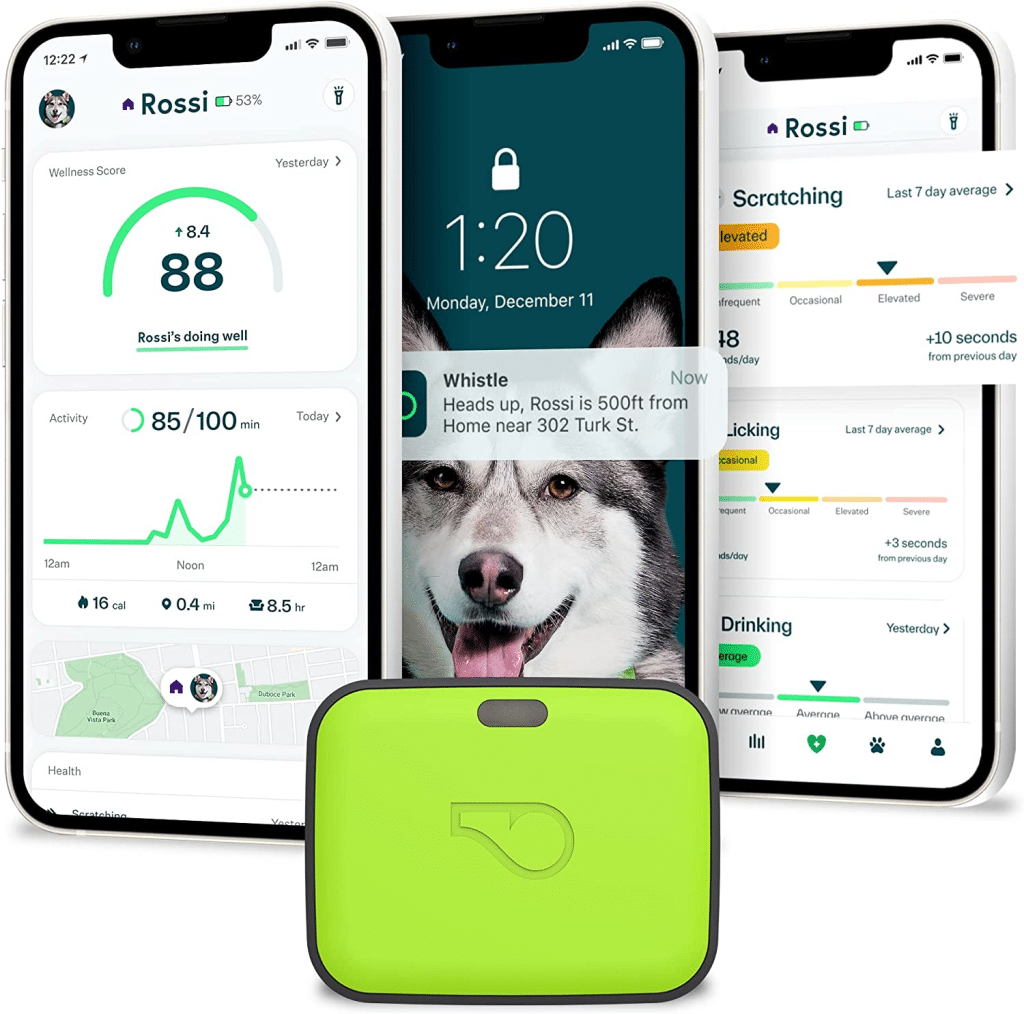
Source: google.com
Eureka Marco Polo Advanced Pet Tracker
The Eureka Marco Polo Tracker is one of the most distinctive alternatives we’ve examined. This pet tracker is unique in that it is a self-contained system that does not rely on GPS or a cellular network to function. This eliminates the need for monthly commitments and is ideal for travelling with your pet.
This pet tracker is available in single-pet or multi-pet configurations, and you can always add more pets by purchasing a new tracking tag. These tags are built to be tough and engineered to survive harsh terrain and water immersion. It fits your cat’s collar with a rugged ballistic nylon holder that protects and secures the device. It has a battery life of about 45 days.
You can use the Eureka Marco Polo Tracker to track your pet’s whereabouts about four configurable safety zones or the lost pet feature to locate your cat using real-time distance and direction input.
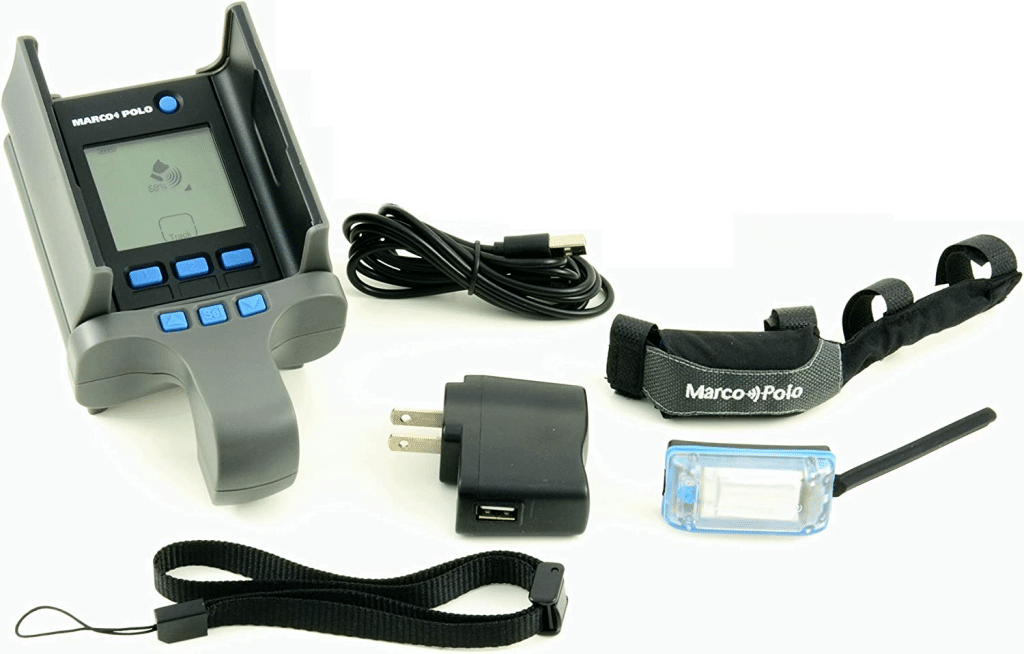
Source: google.com
Unlike many GPS trackers that rely on a smartphone app, the Eureka Marco Polo Tracker relies on a handset locator that functions as a personal radar system, with a range of up to 2 miles in open situations. If your cat gets out of the system’s range, you’ll have to walk or drive around to find them, but it works great if your cat doesn’t get too far away.
The Eureka Marco Polo Tracker is a decent choice if you want to track your cat’s location somewhat near home. Because this system does not use GPS or cellular technology, your cat must be within 2 miles of the locator for it to find him, and rugged terrain or inclement weather may further limit that range. This device is unique because it can go with you and create new safe zones wherever you go. You’ll also save money on monthly membership fees.
Tile Mate Bluetooth Tracker
Though not intended for dogs, the Tile Mate is a multi-purpose Bluetooth tracker that can help you find lost items. The Tile Mate, when attached to your cat’s collar, can help you find your cat by connecting to any Tile app within 150 feet. That’s almost half the range of the Cat Tailer, our next-most-restricted tracker. A 150-foot tracking area can help you find your cat and give you some confidence, but it’s not much better than your own eyes.
The Tile Mate’s range can theoretically be extended if it connects to other people’s Tile apps, allowing you to locate your Tile when it comes into range of any Tile receptor on the planet. It’s comforting to have the backing of the world’s most fantastic lost-and-found community. Still, it’s not especially useful considering that you won’t know where your cat went after registering in the Tile system.
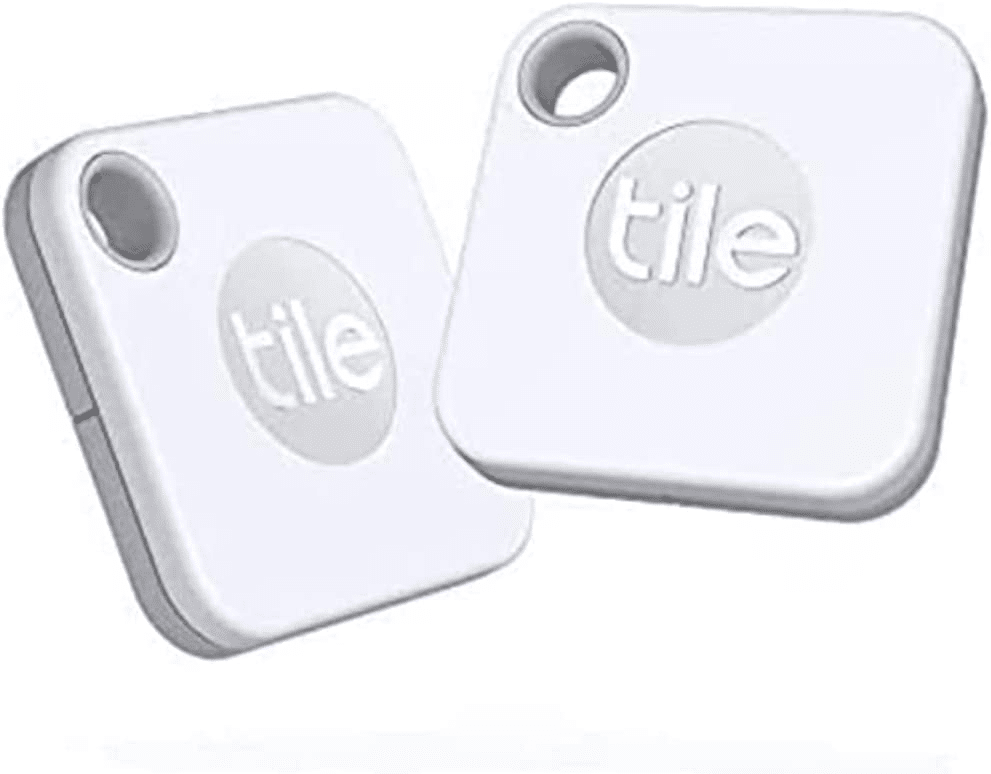
Source: google.com
Although the Tile was dependable and helpful in tracking cats inside the house, it failed miserably in our lost cat simulation. The Tile app could not connect and provided no information about where the tracking unit was last seen.
Subscribing to Tile Premium unlocks additional features such as intelligent alerts when your cat leaves the range and access to 30-day location history.
Jiobit GPS Dog and Cat Location Monitor
The Jiobit GPS cat collar tracker has a low profile and is lightweight (less than an ounce), making it an excellent solution for your kitty’s comfort. Mr Tippy, a true escape artist, rapidly acclimated to having the Jiobit pendant on his breakaway collar. Jiobit uses cellular, GPS, WiFi, and Bluetooth technology to track your cat’s movements and notify you if they leave the “trusted region” you define in the app. A “ringer” feature also lets you use the tracker to “call” your cat to gain their attention. The Jiobit is available in over 140 countries. This popular monitor is sometimes tagged “Temporarily Out of Stock,” but we think it’s worth the wait.

Source: google.com
Weenect Cats
This is yet another dependable and practical system that tracks and trains your cats! You can live to follow your pet feline on a map with the Weenect Cats because this cat GPS tracking system covers any distance. You can track your cat’s movements and ensure it stays safe in its domain!
Weenect Cat is a unique feature that allows you to train your feline buddy to obey your orders! It contains a training option suitable for even the boldest cats, making it one of the best GPS cat tracking gadgets. When it’s time to eat, you may make the tracker ring or vibrate to reinforce the events in the feline’s head. It is now easier to summon your cat while he is eating!
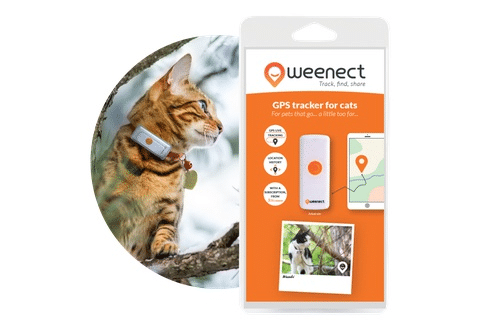
Source: google.com
You may even use the phone feature to call your cat! When it hears your voice, it will undoubtedly return to you! This is a handy function for protecting your cat from becoming misplaced. Use the GPS location option if your cat does not return to you after a few minutes. There are three tools available for use: The road map, compass, as well as radar.
If you spot your cat hiding in a bush, ring the collar to flush your cat out!
You can discover your cat’s favourite spots to go to avoid missing accidents! Weenect Cats employs a GPS chip to detect your cat’s area and the locations it frequents. Finding your cat is much easier with Weenect Cats. It is, without a doubt, one of the best cat GPS trackers on the market!
Cat Tailer Bluetooth Cat Tracker
This is the cat-specific version of the Tile Mate. The Trailer resembles a deep bottle cap and weighs about the same, making it an excellent choice for cats who will not tolerate anything more significant strapped on their neck. Like the Tile tracker, it has a very restricted detecting range and won’t be much assistance if your cat dashes out the door.
The Cat Tailer’s 328-foot range is adequate for a Bluetooth tracker, but it falls short compared to competing gadgets. Although it will assist you once you enter that range, you will still need to roam around your cat’s usual haunts until you pick up a signal.
During outside tests, the Tailer performed no better than my eyes and ears, losing connection after two minutes of my testing partner being out of sight. Because the interface does not provide directional information, all distance metrics provide a radius. You’ll have to rely on trial and error to get on the right track.
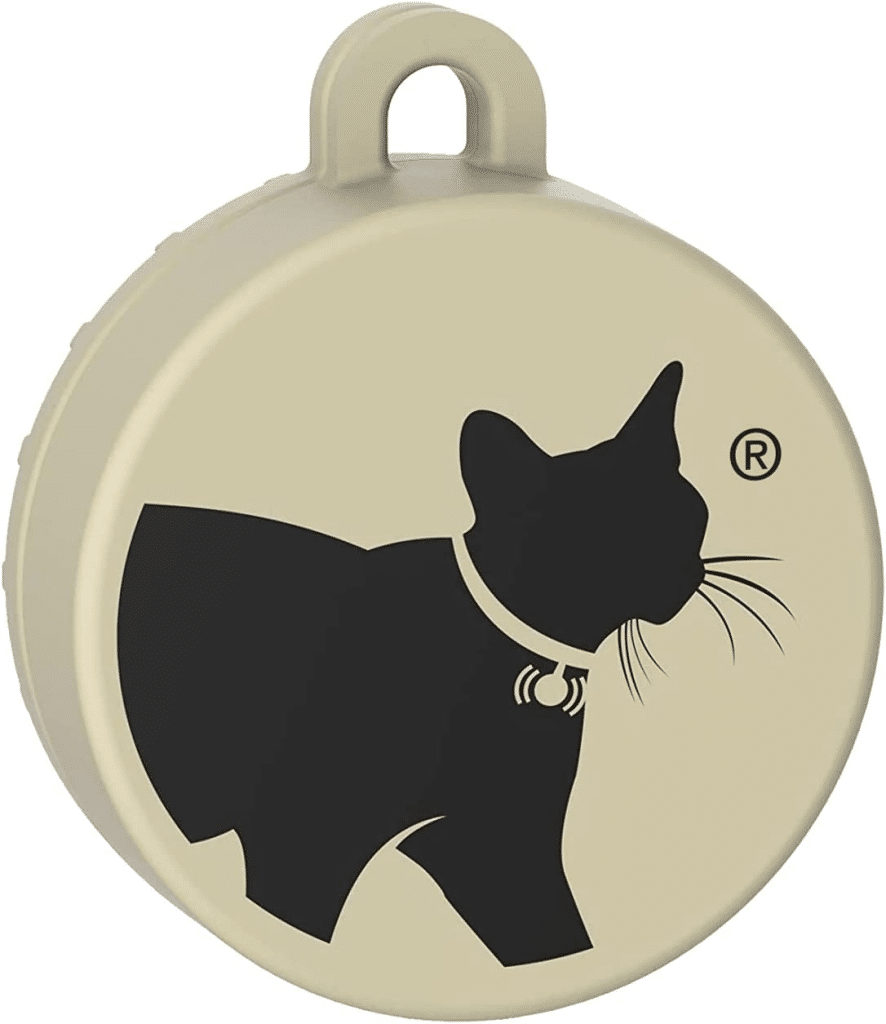
Source: google.com
Even when I did pick up a signal, the Tailer’s location detection was untrustworthy.
Even though the tracker was sitting on a shelf, the app fluctuated roughly 30 feet between scans, as if the Cat Tailer was bouncing around the room. The Tailer’s connection was also erratic, sending warnings indicating the unit had departed the monitoring range even though I could reach out and touch it.
The Cat Tailer is best suited for inside use and for cats with predictable behaviour outside. The 328-foot Bluetooth range can help you narrow things down as long as you can get within range by scanning your cat’s preferred places.
Conclusion
The conclusion about the best GPS collar for cats is that it depends on the cat’s size, breed, personality, and activity level. There are many different types of GPS collars for cats and it is important to choose one that will fit your feline friend properly. Some features to look for when choosing a GPS collar for your cat include the type of transmitter/receiver, battery life, signal range, and additional features (such as weather monitoring or pet identification). As long as the collar fits properly and has adequate signal range, most cats should be able to enjoy the convenience of having their location tracked with a GPS collar.
FAQs
How far can the tracker go?
GPS via satellite is theoretically available worldwide. However, GPS cat collar devices function best in locations with good GPS network coverage and cell phone connectivity. If your cat boarded an aircraft and travelled from San Francisco to Chicago, you would most likely be able to monitor your kitty across the country and into a building in Chicago from your San Francisco apartment. However, suppose your cat separates from you in a distant wilderness or a region with an incompatible cellular network. In that case, the cat’s gadget may be unable to connect to a network.
What kind of information will I receive?
You must subscribe to the tracking service to obtain information from most GPS cat collar trackers. Once subscribed, you may track your cat’s location using the company’s website or app. Most services allow you to specify a “safe area” for your cat. If your cat exits the safe zone, the tracking service promptly warns you via email or text message. The smartphone app is an essential component of the monitoring system because it allows you to move around while tracking your cat around the neighbourhood. So, before you buy, ensure that the company’s software is available in the app store that your smartphone employs (Apple, Android, etc.).
Is it necessary to charge GPS cat collars?
Absolutely. GPS cat collars use lithium batteries that must be charged regularly. (When the device’s battery runs low, it will notify you.) Depending on your GPS tracker, a charge can last anywhere from a few days to two weeks. So, if you forget to charge the collar and your cat runs out the door, you may only have a day or two to find them before the collar dies.
The good news is that you can link numerous GPS cat collar gadgets to your home WiFi network. That is something you should do. While your cat is being monitored via WiFi, their GPS gadget will not send periodic signals to the GPS or cellular system, saving battery life.
Are GPS cat collar trackers heavy?
The first GPS trackers were bulky and more suitable for dogs than tiny cats. Trackers that weigh less than an ounce are now available. Check the device’s weight before purchasing. While some GPS cat collar trackers are built into full collars, most contemporary GPS cat collar trackers are clip-on attachments that attach to your cat’s existing collar. Keep in mind that if your cat wears a breakaway collar for safety (which is a good thing!) and loses the collar (which is a bad thing! ), the device may also be lost.
Are GPS cat collars trustworthy?
When GPS trackers don’t work, it’s usually because they’re in a distant location, the dog chewed on them, the pet parent can’t figure out the program, or someone forgot to charge the tracker. The main issue with cats appears to be escaping from their collars and losing the monitoring device. This excludes the cost of the gadget as well as the cost of the year-long subscription.
